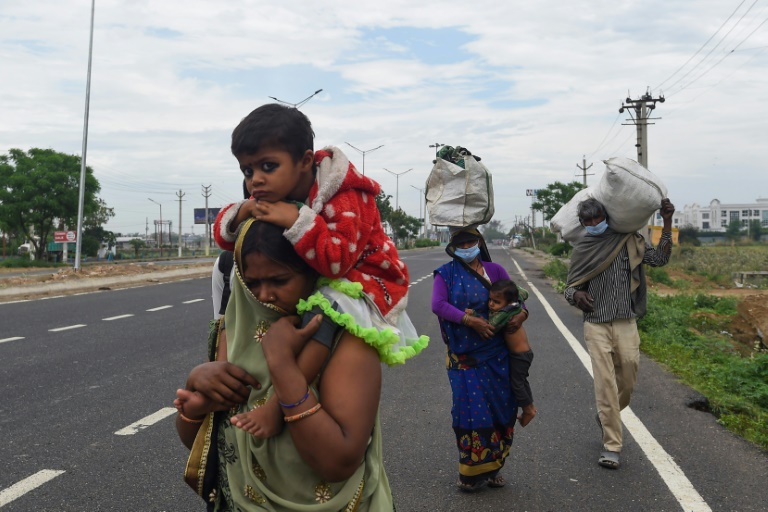Every crisis places a mirror on society and shows what is broken. It has shown amongst other things that India is in desperate need for a National Migration Policy reflecting 21st century threats and opportunities. Sandwiched between the Centre and the State, between the Railway and Road Ministry, these fellow Indians are left orphan. Their constant mobility has caused them to become people without a country. That needs to change and change urgently.
In this regard, the Honourable Supreme Court has asked rhetorically “How can we stop them from walking?” Before answering that, it is important to look at some data.
INDIA IN NUMBERS
India stands at 1.3 billion strong. Of that 35% currently reside in urban areas and the rest in rural India. At any given point in time, there are millions of Indians in transition between the two. As per 2017 Economic Survey India had nearly 100 million internal migrants. Chinmay Tumbe in his book, India Moving: A History of Migration, states, “In 2011, a quarter of India’s urban population was enumerated as being migrants…”
Every year and month a number of people leave their homes and lives in villages and come to cities in search of livelihoods. Some statistics draw home the point: Delhi, for example, has a migration rate of 43%, with 88% from other states. Mumbai stands at 55%, with 46% migrants from other states. Surat is at 65%, with 50% migrants from other states.
Overall, per the 2017 Economic Survey, Delhi was the largest recipient accounting for more than half of all migration in 2015-16. 17 districts of India account for 25% of the country’s total male out-migration. Ten of these districts are in UP, six in Bihar and one in Odisha.
The seasonal nature of Indian agriculture lends to the cyclical patterns of internal migration. Between November and April, the gaps in the agricultural calendar create spurts in migration numbers from villages to cities. This impacts 5% of households and over 10 million people. A third of the seasonal migrants work in construction, a fifth in agriculture and a sixth in manufacturing.
Because of the minimum wage differential majority of the internal migration happens from the North and East towards West and South leading to approximately 2% of GDP being transferred from the most prosperous to the less prosperous states of India.
They help build our roads, our bridges and our buildings. They are India’s ever mobile human capital. They are an integral part of building the physical and tangibles of our nation.
The trend of rising urbanisation will further increase the amount of internal migration. By 2050, more than half of India’s population will live in cities. How can we be ready when the next crisis comes?
REFORMIST IDEAS
At present there is more data available on local migratory birds of India than on our fellow humans. That is appalling to put it mildly. First, and foremost India needs a national migrant ID.
Towards that end we need to create a nationwide register of all migrants along with their associated trade/skill sets. This database should give a real time picture of internal migration. The register should contain age, education, type of skills, place of stay, family size (including whether migrating with/without a family member) and profession/industry of the said migrant.
Each individual’s bank account details should also be documented, enabling governments to do direct intervention in times of need. The Aadhar and India stack should be utilised in this exercise. Abundant caution and safeguards would have to be set in place to preserve privacy and errors/discrepancies in data logging. Names of particular individuals as well their religion and caste should be masked to prevent misuse and discrimination.
Second, a pan India recognised credit rating needs to be developed for our migrants to enable them better access to loans and microfinance.
Third, the UPA proposed scheme of “One Nation One Ration” card is now being adopted by the current government and is a welcome step. As is the decision to provide affordable rental housing for migrants.
Fourth, lessons should also be learnt from civil society. Aajeevika Bureau, an organisation focused on migrant workers, through its Shramik Sahayata evam Sandharab Kendras (3SKs) has created meaningful solutions to this problem.
Finally, every crisis also brings with it an opportunity. Let us hope those in power can grab it with both hands.
Vinayak Dalmia is an entrepreneur and national security and foreign affairs thinker. He has studied economics at Cambridge and the University of California, Berkeley. Vinayak has previously also served as a visiting research fellow at Oxford University.

